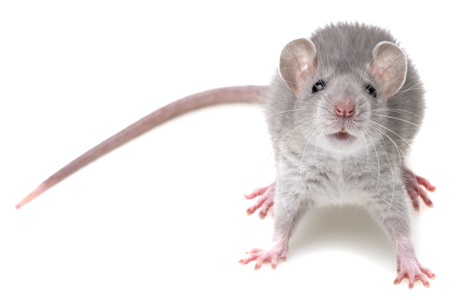HDAC Inhibitors Treat Mania-Like Symptoms in Mice
Mice with a particular genetic mutation affecting circadian rhythms exhibit symptoms that resemble those of human mania: disruption of sleep and wake cycles, hyperactivity, and reduced anxiety and depression. It has been found that these behaviors can be normalized by inhibiting a type of enzyme called histone deacetylases (HDACs). HDACs bring about epigenetic changes to gene transcription by removing acetyl groups from histones, the structures around which DNA is wrapped. Removal of the acetyl group tightens the structure of the DNA, making it more difficult to transcribe. The drug valproate (trade name Depakote) is one type of HDAC inhibitor. It prevents the removal of the acetyl groups, loosening the structure of the DNA, making it easier to transcribe.
A recent study by Ryan Logan and colleagues compared the effects of valproate and other HDAC inhibitors on mice with a mutation in the Clock delta 19 gene, which causes mania-like symptoms. Valproate and the HDAC inhibitor SAHA both normalized the mice behavior. MS275, another HDAC inhibitor that targets only class I HDACs, also normalized the behaviors. The researchers were able to determine that all of these treatments targeted a specific class I HDAC called HDAC2, which has been implicated in schizoaffective and bipolar disorders.
These data link epigenetic mechanisms (HDAC inhibition) to the antimanic effects of valproate in this animal model of mania. It appears that maintaining the presence of acetyl groups on histones has antimanic effects in mice with a mutation in the Clock delta 19 gene.


